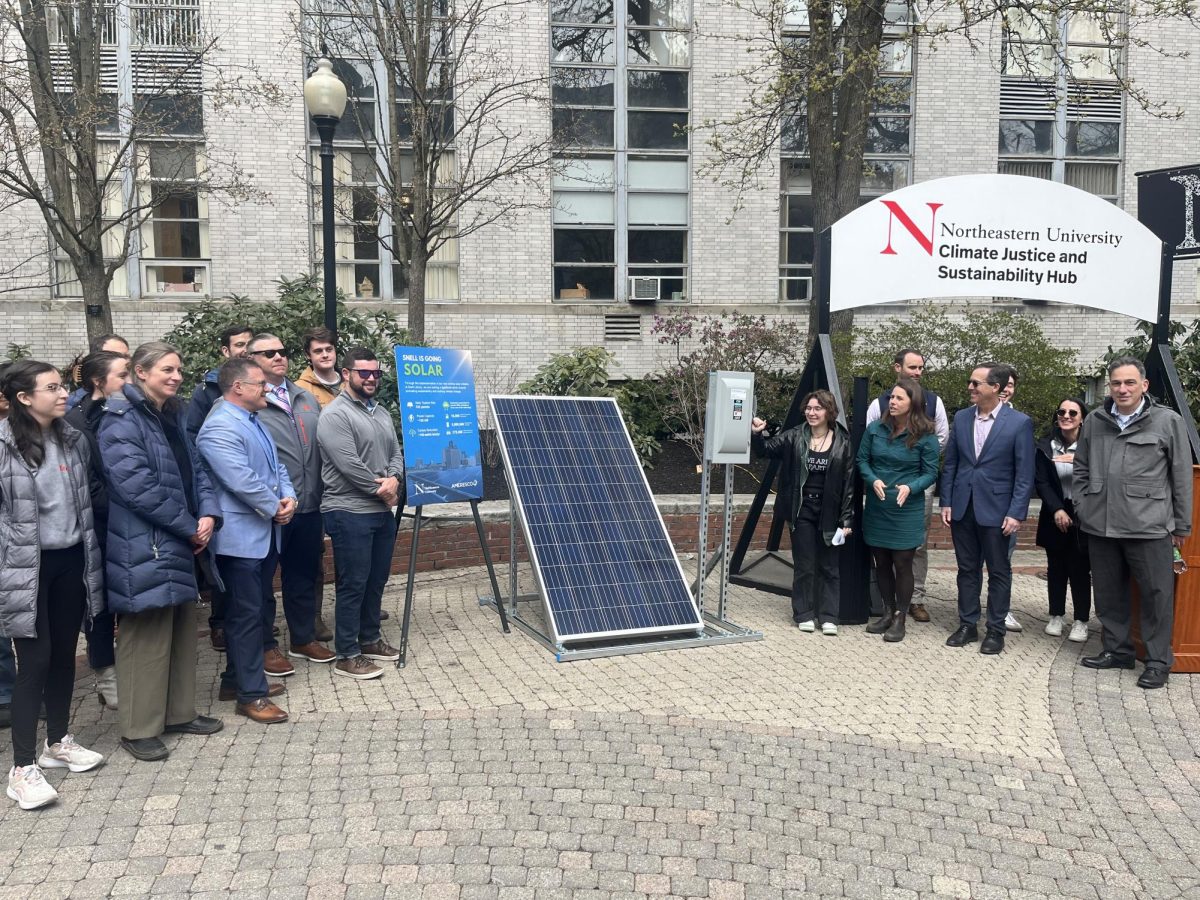By Natalie Schack, News correspondent
Keiko Lynn Groves of Brooklyn, N.Y., started making her own clothes as a college student. Strapped for cash but unable to give up the fashionista inside, she said she delved determinedly into the world of the second-hand and thrifted, looking for that perfect diamond-in-the-rough piece, and tailoring it at home into a uniquely ‘Keiko’ creation.
‘I’ve always loved vintage and boutiques,’ the 24-year-old said. ‘And some people just look at that stuff and think, ‘That’s old.’ I think, ‘There’s so much history there.”
Now she’s got her own online clothing store, www.postlapsaria.com, that pays her bills. Groves’ clothes run the gamut from reconstructions of thrift store pieces to handcrafted originals.
But Groves’ fashion and design career started with small projects meant for her own personal use; it was an effort to save some money, minimize waste and still look great:’ a goal with which many college kids can commiserate.
‘I’m already pretty frugal,’ said senior psychology major Kristin Richardson. ‘And to be honest, with things how they are, I take extremely great lengths to save money.’
As belts tighten in the tense economic climate, a community of thinkers, creators, inventors and artists are determined to take back the power to, one would say, ‘do it yourself.’ Appearing in the smallest of scales, like the common thrift store shopper to arts and craft galleries in the Back Bay, handmade clothes and everyday items prevail, whether because of financial pragmatism, sentimentality for the uniqueness of each piece.
‘I already do crafts and things for Christmas gifts when I don’t have money. I think it’s a girl thing,’ said Maya Genovesi, a sophomore human services and psychology dual major.
The do-it-yourself, or DIY mentality, extends far beyond the realm of clothing. MAKE magazine, a publication featured in Forbes Magazine’s August 2008 article ‘Inventing the Future Spread,’ is dedicated to putting the power of creation in the hands of the individual. Creators Dale Dougherty and Tim O’Reilly debuted MAKE in 2005, ‘part book, part magazine, evoking the techno-enthusiasm of the 1950s with a splash of new-age punk,’ wrote Forbes’ Elizabeth Corcoran.
CRAFT magazine, MAKE’s sister publication, explores that do-it-yourself mentality specifically in the world of arts and crafts. According to its website, craftzine.com, the magazine targets the movement of people ‘transforming how traditional arts and crafts with unconventional, unexpected and even renegade techniques, materials and tools.’ The magazine has a variety of projects and DIY recipes in each issue.
‘People are looking to save money and use what they have, which is why crafting, I think, is getting more popular these days,’ said Senior CRAFT Editor Natalie Zee Drieu. ‘I think people are tired of just consuming everything. There’s a connection we make with ourselves when we work with our hands, and with each other when we share what we make [whether as a gift, or teaching another person]. It’s significant now more than ever because of the economy.’
Originally, the craft movement was for artists making handmade and, maybe most importantly, functional pieces. Today, the definition of ‘crafts’ has blurred so much with contemporary fine arts that, as George Summers, manager of the Boston Society for Arts and Crafts (SAC) gallery, said, modern day craft pieces don’t necessarily need a function.’
‘The nice thing about our gallery is it crosses those boundaries,’ he said.
At SAC’s retail gallery on Newbury Street, wares range from functional pieces like pottery and jewelry to purely artistic pieces like sculpture.’
While the gallery acts as an exhibition space for craft makers and artists, Summers said gallery staff members ‘- many artists themselves ‘- serve another purpose:’ to help aspiring crafters find the means to discover their inner do-it-yourselfer. He suggests looking into evening and continuing education programs at local colleges, Brookline Art Center, Diablo Glass in Roxbury Crossing or Mudflat in Somerville. The Brockton Fuller Craft Museum, which mounts shows exploring the unlimitedness of craft materials and by challenging the definition of craft, also holds classes.
But while crafting and DIY-ing can be financially beneficial for the individual in the midst of the recession, seasoned craftmakers have been feeling some negative effects. After sales for her store plummeted last year, Groves was forced to find cheaper options for her more cost-conscious consumers. She started focusing on accessories like headbands; cheaper pieces that can change an entire outfit, and that also allow her to use up leftover pieces of material.’
‘I barely ever throw out any fabric, even scraps,’ she said.
Zee Drieu said she has also noticed the effects.
‘The economy is affecting everyone,’ she said. ‘I’m sure people aren’t buying much handmade goods from craft fairs. I’ve seen crafting places I love go out of business.”
Summers, however, maintained that while consumers seem to be purchasing less in quantity, they’re still paying special attention to quality.’
‘I think a lot of people seemed to be purchasing things that were handmade, that were well made and that would have some lasting value,’ he said. ‘Things that weren’t manufactured or mass produced.’









